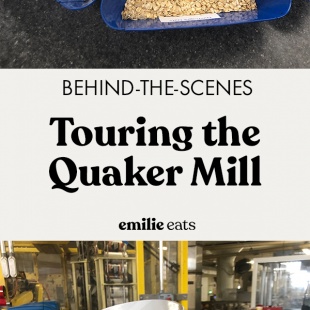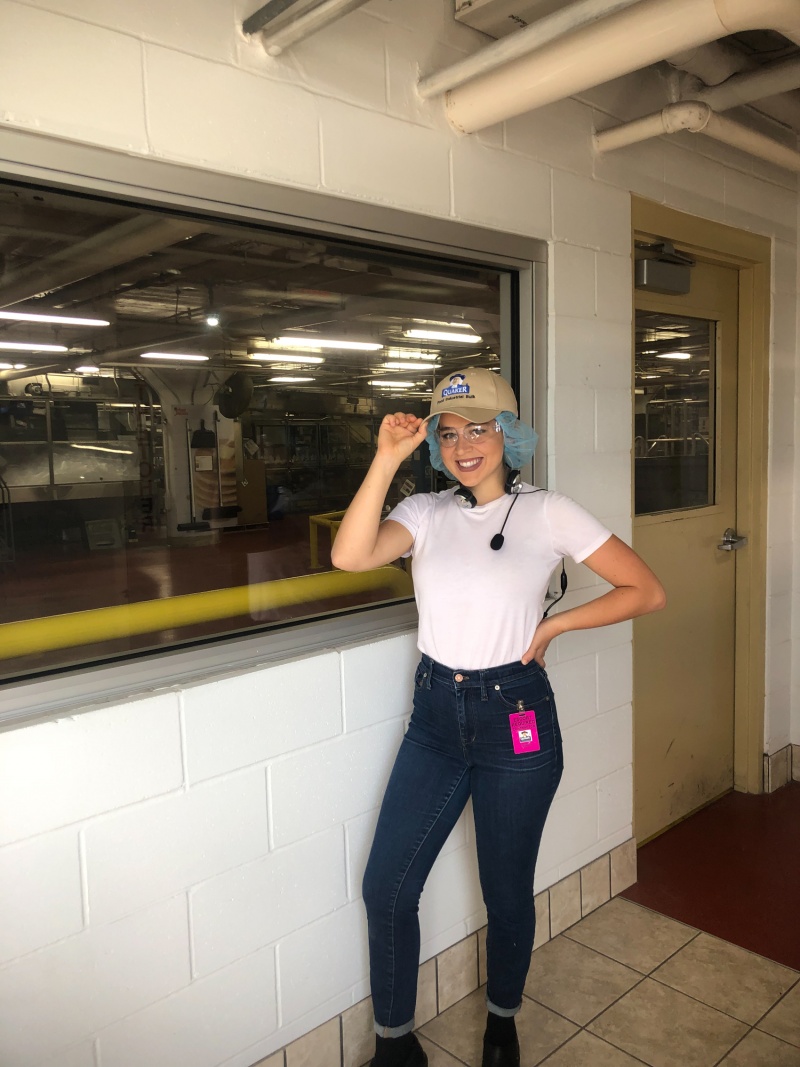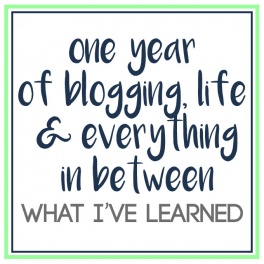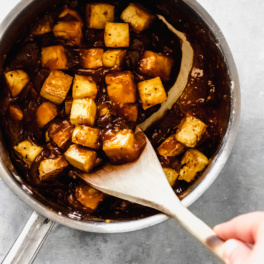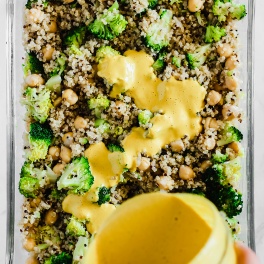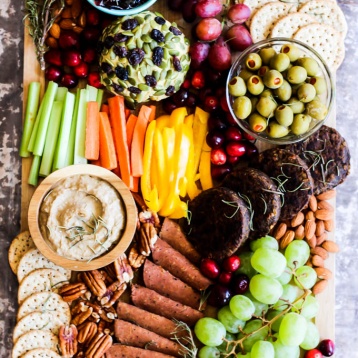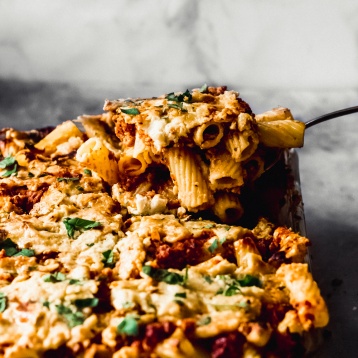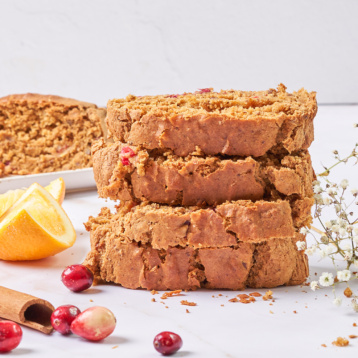This post is sponsored by The Quaker Oats Company, but all opinions are my own.
Today I’m sharing the details about my trip to Cedar Rapids, Iowa, for a Seed to Spoon journey with Quaker! Learn about how Quaker produces their oats and oat products, step by step.
Friends! I went to the Midwest for the first time! Iowa, to be exact.
I am super excited that I had the opportunity to travel to Cedar Rapids, IA, a few weeks ago with Quaker to see firsthand the Seed to Spoon process.
Quaker is a brand we used in our family kitchen for years when I was younger and, now, my own kitchen! It’s a true honor to partner with a brand who has been and is the industry leader in producing quality oats and oat products.
Let me take you through my trip with Quaker!
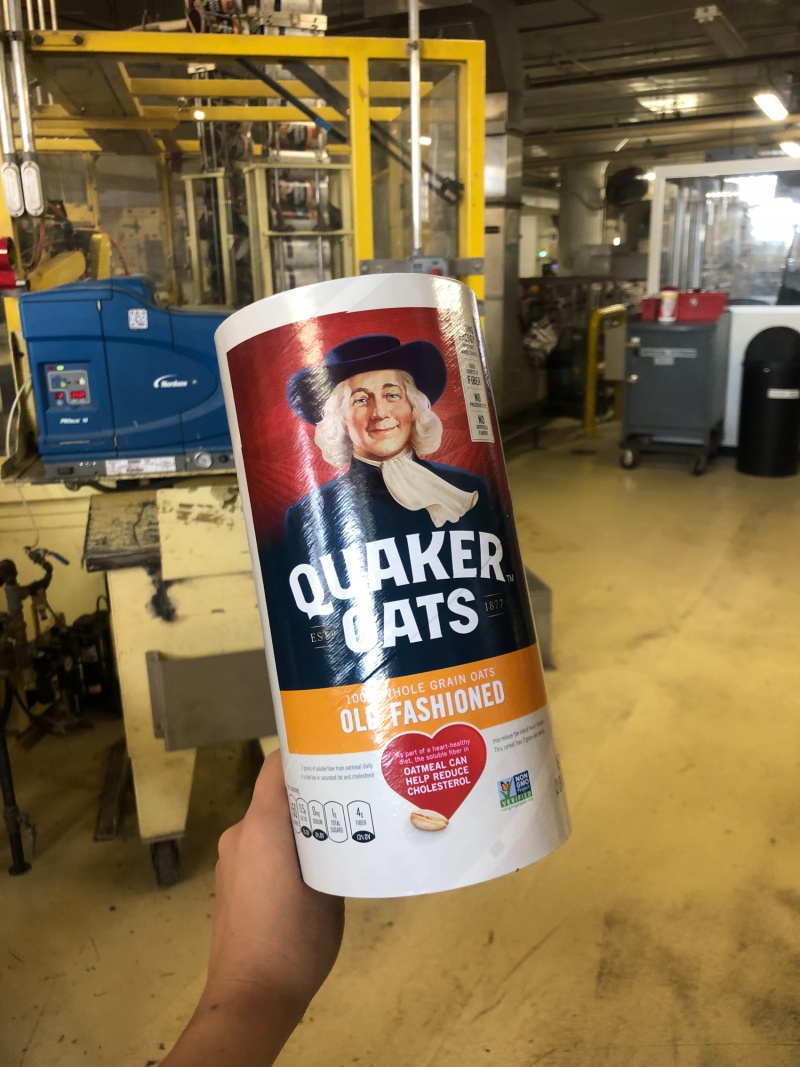
I arrived in Cedar Rapids, IA, Sunday afternoon and went straight to find some lunch. On my walk, I came across Quaker’s mill! It feels like the centerpiece of town. The mill is the epicenter of Quaker’s oat processing and uses state-of-the-art technology to produce the safe, high-quality oats and meet consumer demand.
After enjoying some delicious pizza, I picked up a fun goodie bag from Quaker filled with oats, oatmeal toppings, and a Louisiana-shaped cutting board. Because Colorado is just a rectangle LOL.
That night, we all headed to the hotel restaurant for dinner. Quaker had a special three-course, oat-packed menu for us, and they even had a vegan menu! We enjoyed a strawberry salad with granola, mixed grain pilaf and vegetables, apple crisp, wine, and great conversation.
The next morning, I was greeted with oatmeal and coffee for breakfast. Can someone bring me breakfast in bed every day?
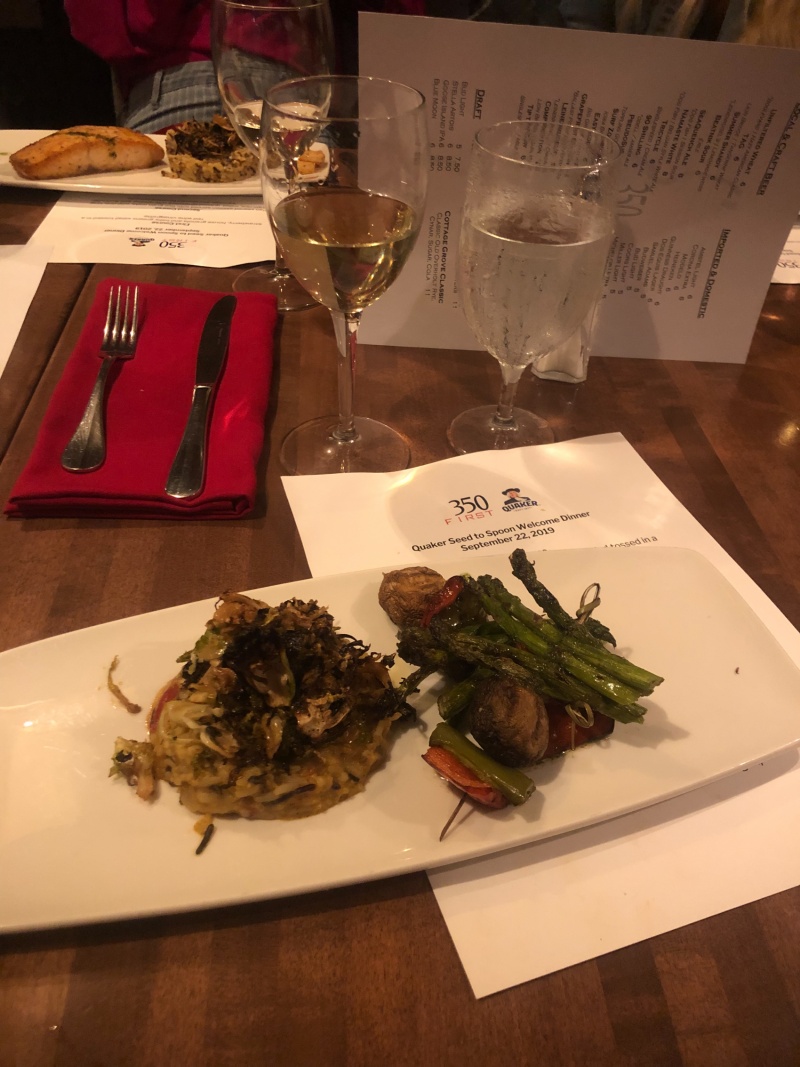
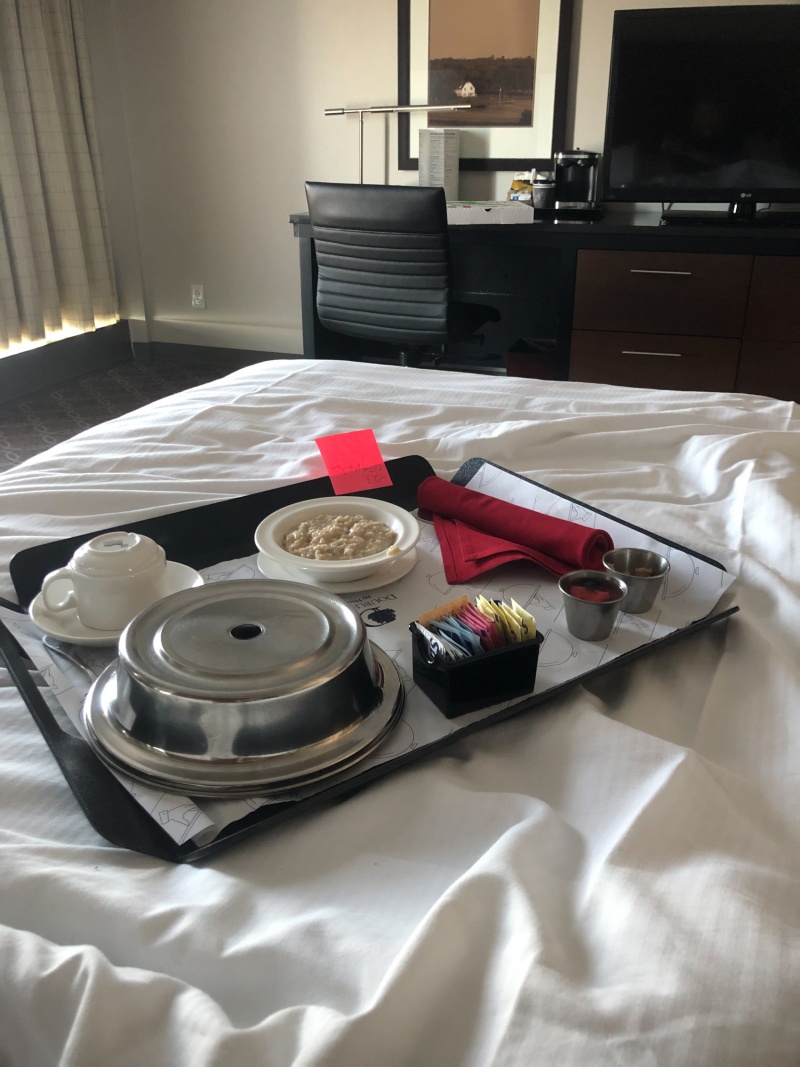
After breakfast, we all headed to Quaker’s mill for an exclusive tour. First impression: it smells like Aunt Jemima syrup, which they also produce at the mill, so that was lovely.
A few Quaker employees gave us a presentation on the Seed to Spoon process. Let’s go through the steps:
- Farmers start seeding in the spring. Quaker works with over 400 Direct Growers who grow about 50% of Quaker’s oats. Quaker is one of the industry leaders in oat breeding and milling, so they are always working to develop new oat varieties to meet consumer demand. No one has better oats.
- Harvesting begins in late summer/early fall. So, farmers are harvesting right now!
- Before Quaker accepts a full railcar of raw oats from a farmer, a sample is vigorously tested. The oats are tested for moisture and size, and the inspector is also checking for other materials like wild oats, wheat, and barley. In the picture below, you can see the pile of raw oats in the top right corner, plus all of the other materials in the sample!
- Oats are stored then transported to Cedar Rapids via train. Once they get to Cedar Rapids, Quaker blends oats in the best ratio to meet nutritional claims. For example, to qualify for the heart health claim, there has to be certain amounts of fiber and beta-glucan.
- Time to clean! Non-oat material is removed. Then, the hull (protective outer coat) is removed. Now it’s called a groat. A groat is an oat without a coat.
- Groats then go through the kilning process to deactivate naturally occurring enzymes, which extends the shelf life, and get a delicious toasty flavor. The smell is AMAZING when the oats are in the kiln!
- Kilned groats are ready to be cut and flaked into a variety of Quaker products.
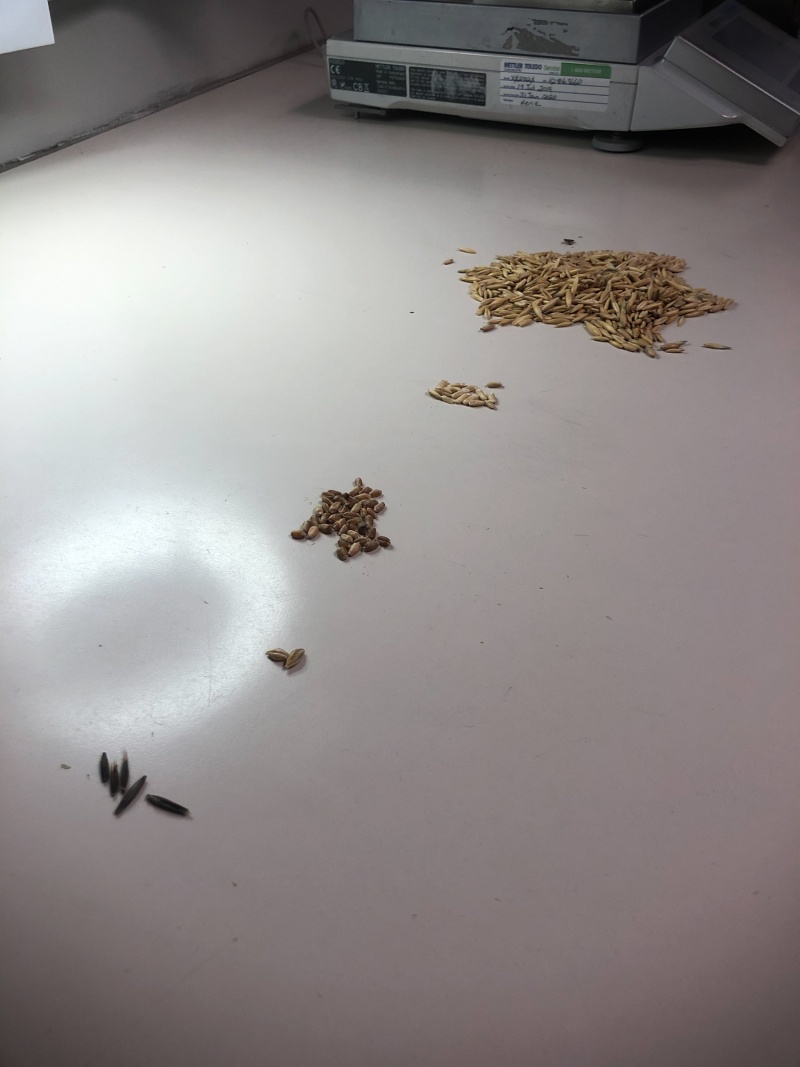
What I found most interesting is how a raw oat goes through different processes to become different Quaker products.
Once you have groats, the oat can be flaked (pressed very thin). These flakes become Old Fashioned Oats or Overnight Oats. The flakes can also be pressed even thinner and then cut to become Quick Oats, or Instant Oats.
Or, a groat can be cut. The cut groats become Steel Cut Oats.
The important thing to remember is: ounce-per-ounce, all Quaker Oats provide similar amounts of fiber, vitamins, and minerals. The only differences are shape, texture, and cook time. Choose whatever oat product you like best and can fit into your lifestyle!
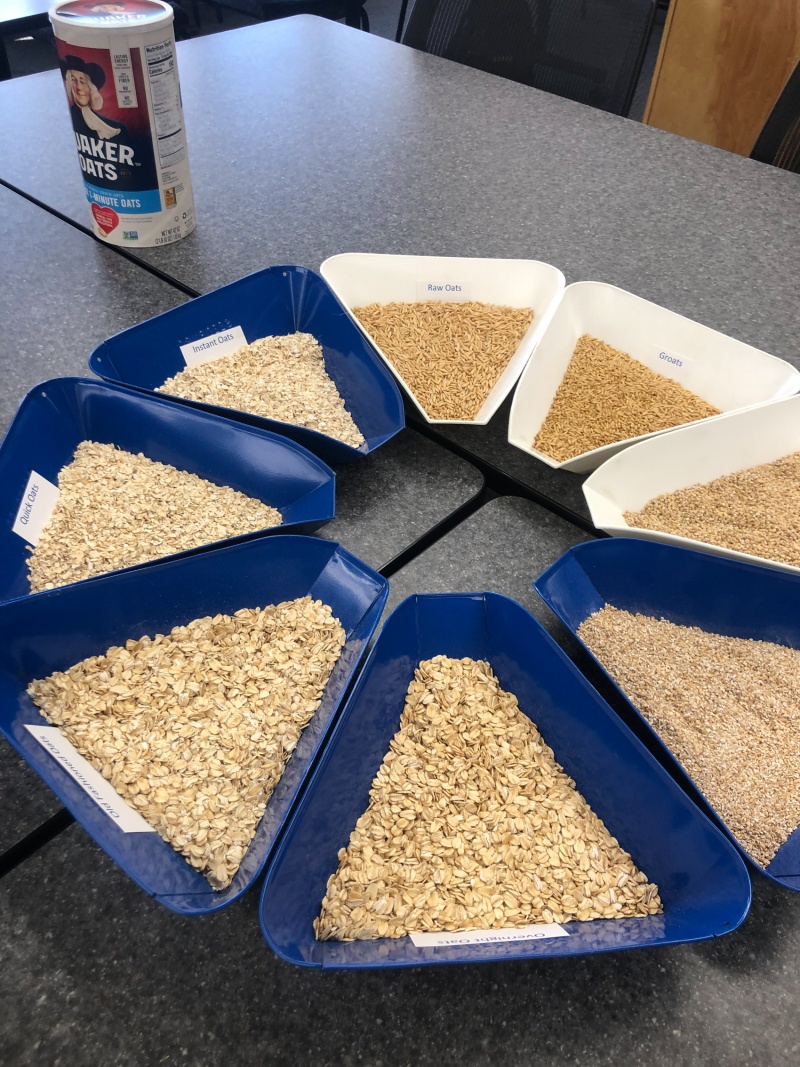
After our tour of Quaker’s mill wrapped up, we enjoyed lunch, said our goodbyes, and headed to the airport. A quick yet very fun and interesting trip!
Below is DJ Blatner, Catherine Perez, and I in our protective gear for the tour. Side note: I love going on these trips because I get to connect with awesome registered dietitians in my field!
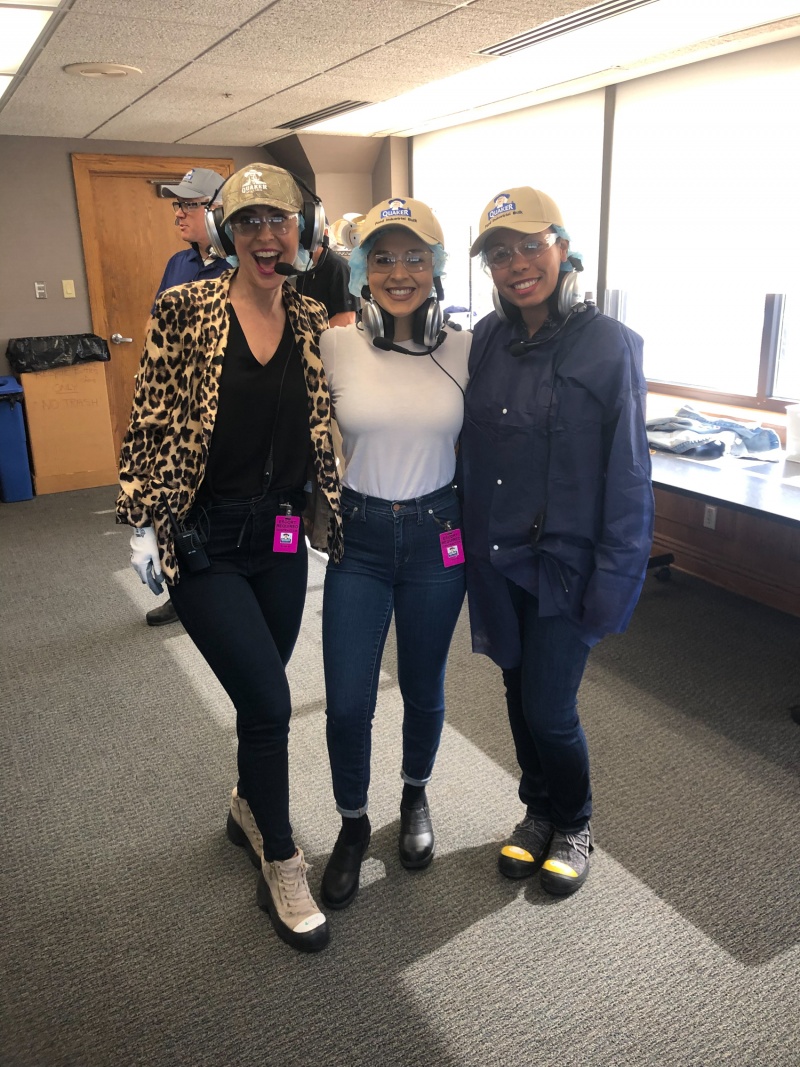
I hope you enjoyed learning more about Quaker’s Seed to Spoon process and my trip to Iowa. It’s safe to say I’ve been eating even more oats since I got home. The trip definitely inspired me!
Thanks to Quaker for sponsoring this post! I love working with brands whose products I really love and would honestly recommend.

